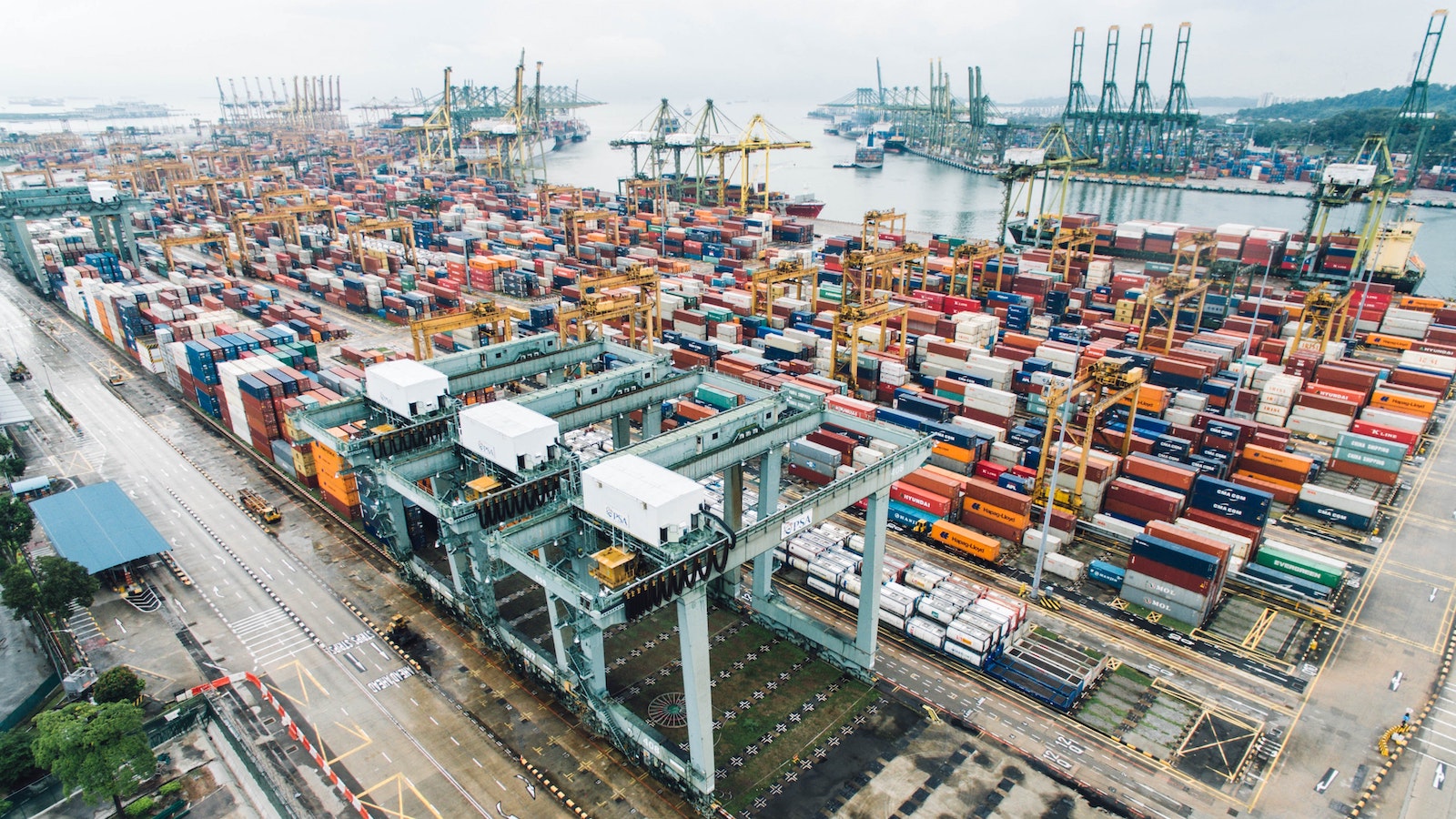Sourcing products from China can be beneficial for importers because China has a large labor force and lower manufacturing costs, which translates to lower product prices for importers. China is a major global manufacturing hub, offering a wide range of products across various industries.
While some negative stereotypes persist, many Chinese factories are capable of producing high-quality products. It’s important to note, however, that not all Chinese suppliers are the same and there can be quality and reliability concerns. Due diligence and proper research are crucial in finding the right supplier.
What is involved in the Chinese sourcing process?
Here are some steps involved in the Chinese sourcing process:
Identify your sourcing product requirements
Before you go in search of a Chinese supplier it is essential to define your product requirements. For this research and analyze your target market to understand the needs and demands of the customers.
Collect inputs from stakeholders including customers, sales and marketing, R&D, and product design teams. Prioritize the requirements based on their importance, feasibility, and market demand. Document the requirements clearly and concisely to ensure effective communication and implementation with the potential Chinese supplier.
Research Chinese suppliers
Technology allows importers to research Chinese suppliers on the internet. Use reliable sourcing platforms such as Alibaba, Global Sources, and Made in China. Look for suppliers with verified business licenses, certifications, and high ratings. Check for reviews from past customers to gauge the supplier’s quality and customer service. Evaluate the supplier’s product offerings, MOQs, and pricing to ensure they meet your needs.
In this way, you can research and select a reputable online Chinese supplier for your business needs. After choosing a Chinese supplier online it is essential to audit their facility.
Audit the Chinese supplier’s facility
Auditing a Chinese supplier’s facility can help ensure that the supplier is operating ethically and sustainably, producing products that meet your quality and safety standards, and complying with regulations and industry standards. It can also help you to identify any potential risks or issues and ensure that the supplier is capable of meeting your production needs.
Additionally, an audit can provide valuable insights into the supplier’s production processes and operations, allowing you to make informed decisions about your supply chain.
Request product samples
Requesting product samples from potential Chinese suppliers can be beneficial. Samples allow you to evaluate the quality and functionality of the products, ensuring that they meet your standards and specifications before placing a large order.
It can help you identify any potential issues or areas for improvement before making a significant investment. By requesting samples, you can build trust with the supplier and demonstrate your commitment to the partnership. This can help to establish a strong working relationship and improve the chances of a successful long-term partnership.
Negotiate and finalize a deal
If you are satisfied with the requested sample then you can move forward to negotiate and finalize the deal. You have gathered information about the supplier, the product, and market conditions. It will help you determine your negotiating position and identify your non-negotiable points and your objectives.
Also, be aware of cultural differences that may affect the negotiation process. You can even hire a local sourcing company to handle the negotiations and your product production process.
During the negotiation process, be clear, firm, and respectful. Try to reach a win-win agreement by compromising where necessary. Draft a detailed contract that outlines the terms of the deal, including delivery dates, payment terms, and warranties. A follow-up is essential across the production process. Monitor the implementation of the agreement and resolve any issues that may arise.
Remember, building a good relationship with the supplier is essential for successful negotiation and a long-lasting business partnership.
Note: Always make sure to protect yourself by having a clear contract in place, and consider working with a sourcing agent or lawyer who can assist you in navigating the process.
Product inspection
Product inspection is the final step of the sourcing process. There are different types of inspections such as pre-shipment, during production, and final random inspection. If you are unable to handle the inspection process then choose a reputable inspection company that operates in China and has experience with your type of product.
Communicate your inspection requirements and specifications to the inspection company. Coordinate with the inspection company to schedule the inspection at a convenient time for both parties. It is advisable to attend the inspection in person or send a representative to ensure that the inspection process is conducted according to your specifications.
As soon as, the inspection is complete, review the inspection report carefully to ensure that all findings are accurate and that your specifications have been met. If any issues are found during the inspection, work with your supplier to resolve them before shipment.
The best solution is to hire a China Procurement agent to handle your production needs. Practice due diligence in every step from verifying the supplier to ensuring guidelines is followed to enjoy an optimal experience!




